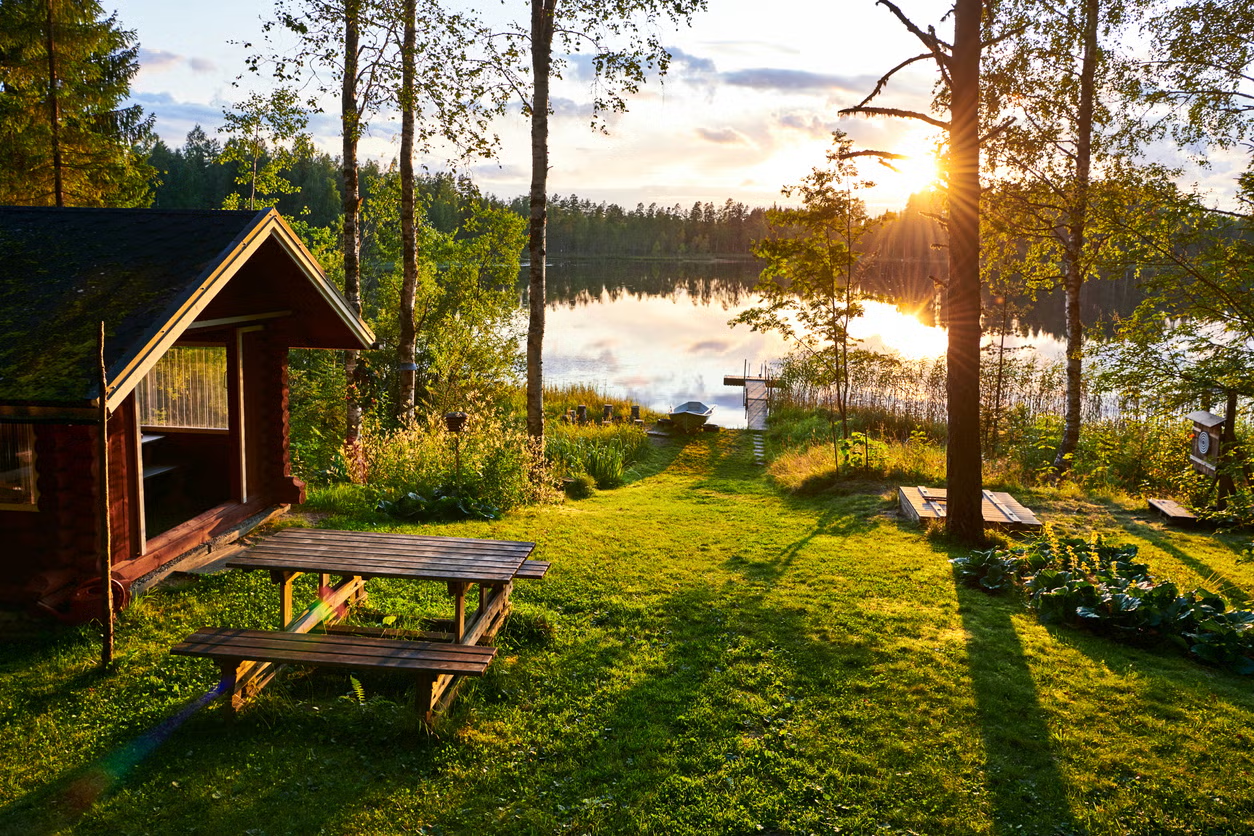
Finland’s tourism industry has seen remarkable growth in recent years, attracting both domestic and international travelers. From the enchanting Northern Lights to serene lakes and bustling cities, Finland offers a variety of experiences that appeal to a wide range of visitors. This growth has created exciting opportunities for investors looking to enter the tourism sector.
However, choosing the right project requires careful planning and an understanding of the market. By identifying promising sectors, considering sustainability, and using smart tools for analysis, investors can maximize their chances of success in Finland’s thriving tourism industry.
How to Identify Promising Sectors in Finland’s Tourism Industry
The first step in choosing the right investment opportunity in Finnish tourism is to identify sectors with strong growth potential. Finland’s tourism industry is diverse, encompassing traditional attractions like nature tourism and cultural landmarks, as well as emerging niches such as adventure tourism and wellness retreats. Understanding which sectors align with current traveler preferences is crucial for making an informed decision.
Adventure tourism, for instance, has gained popularity due to Finland’s stunning natural landscapes. Activities such as hiking, skiing, and wildlife safaris are attracting eco-conscious travelers who seek immersive outdoor experiences.
Similarly, wellness tourism is emerging as a key growth area, driven by demand for relaxation-focused getaways that offer spa treatments and holistic health services. Identifying these high-potential sectors helps narrow down investment options and ensures that resources are directed toward profitable areas.
The Impact of Sustainability on Investment Opportunities in Finland
Sustainability plays a central role in Finland’s tourism industry and significantly influences investment opportunities. As travelers become increasingly aware of environmental and social issues, they prefer destinations and services that prioritize sustainable practices. This shift in consumer behavior has made sustainability a key factor in evaluating tourism projects.
Investors can benefit by choosing projects that align with Finland’s commitment to sustainability. Eco-friendly accommodations, renewable energy-powered facilities, and community-based tourism initiatives are examples of ventures that align with this vision.
Beyond meeting consumer demand, sustainable investments often lead to long-term benefits such as reduced operating costs and enhanced brand reputation. By supporting projects that promote environmental conservation and local community development, investors can contribute to the growth of Finland’s tourism sector while fostering a positive impact.
Key Factors to Consider When Choosing a Tourism Project in Finland
When evaluating potential investments in Finland’s tourism industry, there are several key factors to keep in mind. Market demand, financial feasibility, and location are some of the most critical considerations. Understanding the preferences of target audiences, such as domestic tourists or international visitors, helps ensure that the chosen project meets their needs.
Financial feasibility is equally important. Conducting a thorough cost analysis, including upfront investment, operational expenses, and projected revenue, helps determine whether a project is viable in the long run. Additionally, location plays a crucial role in a project’s success. Tourist hotspots like Helsinki, Lapland, and the Finnish Lakeland region attract significant visitor traffic, making them ideal locations for investment.
It is also essential to assess the regulatory environment and any government incentives for tourism projects. Finland offers several initiatives to support sustainable tourism development, such as grants and tax benefits. Understanding these policies can provide investors with additional financial advantages and reduce potential risks.
Smart Investment Tools for Analyzing Market Trends in Finnish Tourism
Leveraging smart investment tools is an effective way to analyze market trends and make informed decisions. These tools provide data-driven insights into tourism patterns, traveler behavior, and emerging opportunities. For example, market analysis software can track visitor demographics, spending habits, and peak travel seasons, allowing investors to tailor their projects accordingly.

Predictive analytics is another valuable tool for evaluating the potential of tourism investments. By using algorithms to forecast future trends, investors can anticipate changes in demand and adjust their strategies. For instance, if data suggests a growing interest in eco-tourism, investors can focus on projects that align with sustainable travel preferences.
Digital platforms like Guru4Invest that aggregate reviews and customer feedback also play an important role in understanding market sentiment. Monitoring traveler opinions about existing tourism services provides insights into gaps in the market and areas for improvement. Armed with this information, investors can develop projects that address unmet needs and offer unique value to visitors.
Conclusion
Investing in Finland’s tourism industry offers immense potential, but making the right choice requires thorough research and strategic planning. By identifying promising sectors such as adventure and wellness tourism, considering sustainability as a core factor, and evaluating key elements like financial feasibility and location, investors can set the foundation for success. Using smart investment tools further enhances decision-making by providing actionable insights into market trends and consumer preferences.
Finland’s commitment to sustainability, coupled with its diverse tourism offerings, creates a vibrant environment for investors. By aligning their projects with the evolving needs of travelers and leveraging data-driven strategies, investors can contribute to the growth of Finland’s tourism sector while achieving substantial returns. The key is to approach each investment with a clear understanding of the market and a focus on long-term value.
